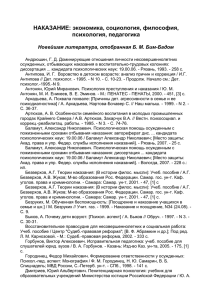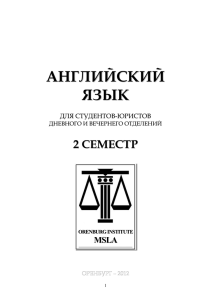
From the History of Punishment victim; felons; offender; beheading; adultery; pillory; punishment; execution; deliberately; condemned; ancient; medieval; guilty; legal; public For the most history punishment has been both painful and public in order to act as deterrent to others. Physical punishments and public humiliations were social events and carried out in most accessible parts of towns, often on market days when the greater part of the population were present. Justice had to be seen to be done. One of the most bizarre methods of execution was inflicted in ancient Rome on people found guilty of murdering their fathers. Their punishment was to be put in a sack with a rooster, a viper, and a dog, then drowned along with the three animals. In ancient Greece the custom of allowing a condemned man to end his own life by poison was extended only to full citizens. The philosopher Socrates died in this way. Condemned slaves were beaten to death instead. Stoning was the ancient method of punishment for adultery among other crimes. In Turkey if a butcher was found guilty of selling bad meat, he was tied to a post with a piece of stinking meat fixed under his nose, or a baker having sold short weight bread could be nailed to his door by his ear. One of the most common punishment for petty offences was the pillory, which stood in the main square of towns. The offender was locked by hands and head into the device and made to stand sometimes for days, while crowds jeered and pelted the offender with rotten vegetables or worse. In medieval Europe some methods of execution were deliberately drawn out to inflict maximum suffering. Felons were tied to a heavy wheel and rolled around the streets until they wee crushed to death. Others were strangled, very slowly. One of the most terrible punishments was hanging and quartering. It remained a legal method of punishment in Britain until 1814. Beheading was normally reserved for those of high rank. In England «block and axe» was the common method but this was different from France and Germany where the victim kneeled and the head was taken off with a swing of the sword. Заполните следующий текст словами и выражениями, данными в рамке. THE PURPOSE OF STATE PUNISHMENT wrongdoer; misdeeds; deterrent; retribution; death penalty; corporal punishment; rehabilitate; reform; barbaric; law-abiding; humane; crime doesn't pay What is the purpose of punishment? One purpose is obviously to reform the offender, to correct the offenders moral attitudes and antisocial behaviour and rehabilitate him or her, which means to assist the offender to return to normal life as a useful member of the community. Punishment can also be seen as a deterrent because it warns other people of what will happen if they are tempted to break the law and so prevents them from doing so. However, a third purpose of punishment lies, perhaps, in society's desire for retribution, which basically means revenge. In other words , don’t we feel that wrongdoer should suffer for his misdeeds? The form of punishment should also be considered. On the one hand some believe that we should «make the punishment fit the crime». Those who steal from others should be deprived of their own property to ensure that criminals are left in no doubt that crime doesn’t pay. For those who attack others, corporal punishment should be used. Murderers should be subject to the principle an eye for an eye and a tooth for a tooth and automatically receive the death penalty. On the other hand, it is said that such views are unreasonable, cruel and barbaric and we that should show a more humane attitude to punishment and try to understand why a person commits a crime and how society has failed to enable him to live a respectable law a biding life



